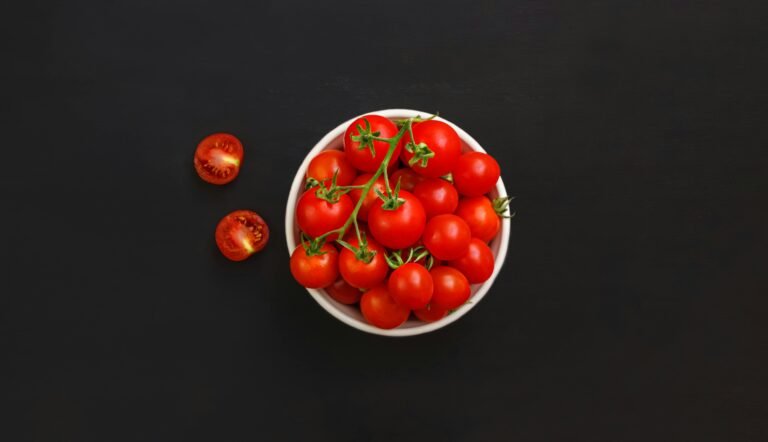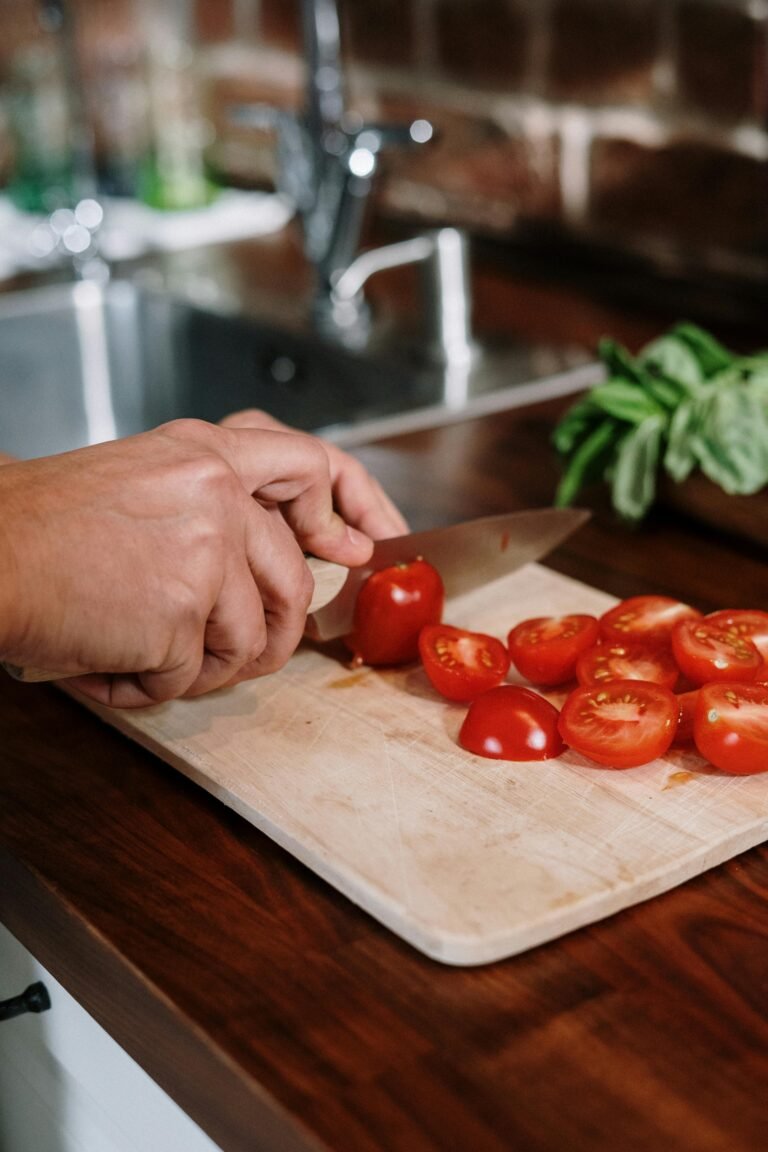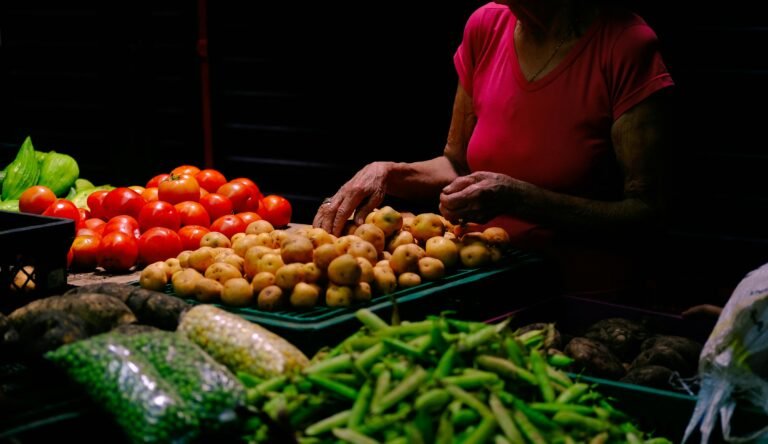Low glycemic index diet: the menu
I’ll be back to talk about the glycemic index in the diet, a factor that indicates the ability of carbohydrate-based foods to raise blood sugar levels within 90 minutes of a meal. Thereby resulting in an insulin response.
But does the glycemic index also determine the risk we have of gaining weight?
If you are interested in finding out, read the link between the glycemic index and overweight below.
Instead, if you want a low glycemic index diet menu, skip the first part and you will find low glycemic index diets written by the best experts.
GLYCEMIC INDEX AND OVERWEIGHT
According to supporters of the glycemic index theory, it would be enough to eat a low glycemic index diet, that is, with foods that raise blood sugar less than others to lose weight.
This is because if your blood sugar goes up, your insulin goes up too.
Foods that raise postprandial blood sugar more than others are called high glycemic index foods .
Their value is determined in the laboratory, and takes into account their chemical structure.
From the values of the foods, tables have been developed, which divide them into foods in the high, medium and low glycemic index.
via GIPHY
Also according to this theory, if we opted for a low glycemic index diet, instead of eating high glycemic index carbohydrates, we would be able to avoid the glycemic / insulin mechanism. And we would eat without getting fat.
That is, we would get the body used to burning fat instead of turning excess sugar into fat through insulin antagonist hormones.
Hence the slimming. I speak of theory because these assumptions are based on the insulin hypothesis of body fat: which is precisely a theory, which among other things has received various evidences against.
INSULIN MODEL OF BODY FAT
According to this hypothesis, it is insulin that makes us fat.
In fact, insulin is a hypoglycemic hormone. That is, it is produced by the body to lower blood sugar, bringing sugars into cells that are sensitive to its action.
It actually carries the amino acids into the same cells as well.
So if I eat a meal with a lot of protein the insulin goes up anyway!
Among these cells we have those of: skeletal muscle tissue, that is, all muscles, heart and body fat. Of the latter, both the white one, that is what we call flab, and the brown fat, the active fat that raises the metabolism.
So as you already see to say that insulin feeds flab is reductionism.
It’s a bit like saying that there are four of you at the table eating but you only care about what a diner has taken.
Let’s see what the science says
The process by which sugar is converted into meat is called ” de novo lipogenesis “.
As can be seen from the studies, this process is not the main one for which body fat accumulates.
That is, putting even obese people on a diet with many carbohydrates in excess of calories, it has been seen that only a part of those calories is converted into fat. But to an extent that is not statistically significant. This is in both men and women.
It should be noted that almost all studies focus on calorie excess.
That is, they subjected people to diets with a lot of sugar but also with many more calories than normal (a thousand more calories per day).
Going instead to a normocaloric diet with a high carbohydrate content, both high and low glycemic index, the conversion into fat is very low.
Another study says there is a difference between hyperinsulin subjects and normal subjects.
So high insulin sufferers will produce more triglycerides from carbohydrates.
via GIPHY
Therefore a high glycemic index diet should be avoided in those subjects who already suffer from high insulin. But by itself, even in overweight individuals with normal insulin values, it is not linked to increased weight gain or increased triglycerides if the calories are normal.
LOW GLYCEMIC INDEX DIET
Who is it suitable for?
The low glycemic index diet is therefore suitable for those who suffer from high blood sugar or high insulin and want to lose weight. Especially if we are talking about sedentary subjects. This is because they have a problem converting dietary sugars into energy.
via GIPHY
On the other hand, it is not relevant in normal subjects, in active subjects and in those who have a normal blood sugar even with overweight. In this case it will not make you lose more weight. And of course, if our goal is to lose weight, calories are important.
Therefore: those with high insulin problems must follow a low glycemic index diet which is also a low-calorie diet .
LOW GLYCEMIC INDEX DIET
How to do it correctly.
Saying “low glycemic index diet” is not enough.
This is because the overall glycemic load is measured for the meal , and not the glycemic index of the food.
The glycemic load relates the glycemic index with the amount of food actually consumed.
For example: white rice has a high glycemic index.
If I eat 100 grams on my own I will have some glycemic response after lunch. On the other hand, if I eat half of it and add some vegetables and shrimp, I will have a much lower glycemic response.
Conversely, if we only look at the glycemic index, we will be tempted to go on a low glycemic index diet by simply putting the low glycemic index foods on the menu and excluding all others.
Which is a big mistake that also risks making you gain weight.
In fact, 150 grams of brown rice with vegetables will raise blood sugar and therefore insulin more than fifty grams of white rice. Yet white rice has a high glycemic index, brown red rice low. The problem is the quantity, therefore the glycemic load of the meal, and not the index.
Furthermore, according to the theory of the glycemic index, you can binge on legumes (low glycemic index) or oil seeds (very low glycemic index) and lose weight, while if you take ten grams of sugar in coffee then you get fat.
This reasoning is incorrect. In fact, it has been seen that people who followed a low glycemic index diet such as the zone or Montignac, did NOT lose more weight than people who ate a normal diet for the same calories ( source ).
Let’s now look at low glycemic index diet menus for those who suffer from high blood sugar or high insulin and are sedentary.
Below you will find the menu of a 1400 calorie diet for women to combine with walking. Otherwise link a 1200 calorie diet.
LOW GLYCEMIC INDEX DIET MENU
Let’s take an example of a food pattern to understand how to do a correct low glycemic index diet.
LOW GLYCEMIC INDEX DIET: SCHEME OF ABOUT 1400 CALORIES.
Breakfast .
A small fruit to choose from peach, pear, kiwi, plum, apricot, red fruit or strawberry (120 gr). Greek yogurt (150 gr) or milk (200 ml) both traditional and soy or a portion of cottage cheese (100 gr). Sugar-free tea or coffee, a spoonful of All Bran cereal or muesli.
Alternatively: 3 wholemeal wasa slices or 50 grams of wholemeal bread or rusks with 3 teaspoons of sugar-free jam or two of Nutella. 150 grams of Greek yogurt with stevia and cinnamon or 100 grams of light spreadable cheese. Sugar-free tea or coffee.
Or. A glass of milk with coffee and stevia or other sweetener. 50 grams of All Bran cereal. 10 grams of almonds or extra dark chocolate.
Lunch.
A plate of legumes of your choice (60 grams from buckets) with a drizzle of oil and vegetables + a fruit of your choice of 150 grams (60 if banana or grapes).
For example: lentils and pumpkin with rosemary. Chickpea and mushroom soup. Bean, celery and cucumber salad.
Alternatively, a plate of durum wheat pasta or red or basmati brown rice or pseudo cereals such as quinoa or buckwheat or 60 gram barley / oat grains always combined with molluscs or crustaceans (150 gr net weight) or 80 grams of ground chicken or turkey or 50 grams of low-fat cheese or 70 grams of boiled legumes, with vegetables of your choice or simple sauce, a teaspoon of oil.
For example: barley with shrimp tails and zucchini. Spaghetti with clams and asparagus tips. Macaroni with lightly ground chicken and tomato sauce. Red rice with chickpeas and peppers.
A Brazilian nut and a coffee if we chose pasta.
Or: 75 grams of wholemeal rye or oat or barley sandwich with 80 grams of mozzarella or 50 grams of sliced galbanino or 50 grams of raw ham or vegan alternative. Grilled vegetables or raw tomatoes in addition.
For example: barley sandwich stuffed with mopur and grilled aubergines. Wholemeal sandwich with mozzarella and courgettes or ham and tomatoes.
In this case, finish the meal with a low-fat yogurt.
Snack.
Smoothie with half a glass of milk and 120 grams of low-sugar fruit. Alternatively, a low-fat yogurt with a teaspoon of granola.
Dinner.
Meat or fish or two eggs or vegan alternatives such as seitan or natural tofu in the palm of your hand with a side of green leafy vegetables and a teaspoon or two of oil. A fruit that is also sugary if we do not eat carbohydrates such as watermelon, grapes, persimmons or bananas (because we have a lot of proteins to compensate for the sugars). Alternatively, rye bread (70 g) or a boiled or baked potato (150 g raw).
Other low glycemic index diets.
1200 calorie low glycemic index diet.
1200 calorie diet menu for diabetics with low glycemic index.





























+ There are no comments
Add yours